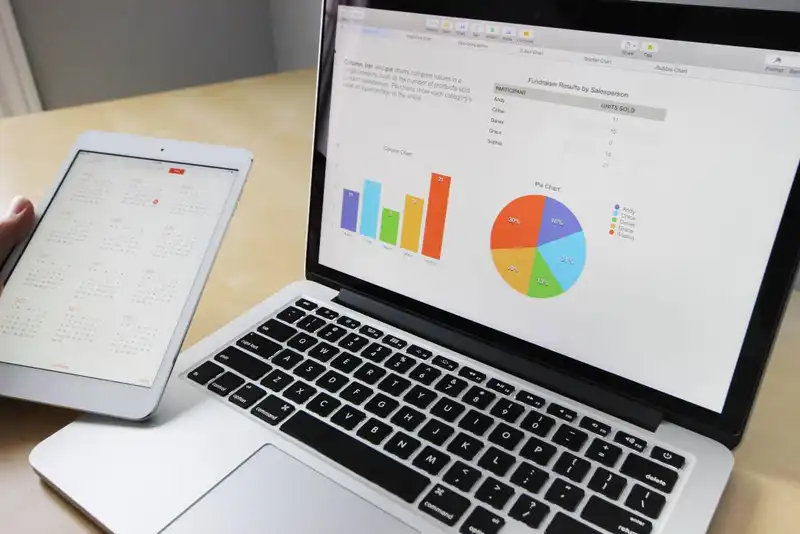What Is A Business Intelligence System? Pros and Cons For Users
Introduction to Business Intelligence
Many of today's organizations are investing in business intelligence systems to help make sense of the data they generate daily. As reported in 2019, more than 46% of small businesses utilize business intelligence tools for their organizational strategies.
With these solutions, companies can streamline the process of collecting, storing, and analyzing complex information, effectively enabling them to attain a detailed view of their internal and external operations.
What is Business Intelligence?

Business intelligence, also known as BI, is the process of combining data gathering, analytics, and storage to highlight actionable insights. Generally, it involves collecting data from a business's IT systems and various external sources, such as the stock market. Then, the organization will analyze the data sets, run queries, and create data visualizations and reports. This makes the information accessible and easy to understand for the team.
A business intelligence strategy is important for organizations because it allows them to make informed and strategic decisions. It helps them leverage their use of data in a way that boosts their competitive edge and enhances operational efficiency. According to a study from Microstrategy, 56% of users said BI enabled them to make effective decisions faster. While 51% said using business intelligence tools led to improved financial performance.
Many big companies have also been adopting these tools. For example, the fast-casual chain Chipotle uses BI to have a more unified view of their operations. HelloFresh, a popular meal-kit brand, employs BI systems for their digital marketing strategy to increase sales conversions.
Examples of Business Intelligence

Business intelligence encompasses various activities associated with collecting and analyzing data. The following are common processes of BI that help companies optimize their performance.
- Data Mining - The use of machine learning, statistics, and databases to identify trends and relationships in datasets.
- Querying - Requesting specific information or data from a database.
- Benchmarking and Performance Metric Analysis - The act of comparing data regarding current processes and performance to historical metrics to track progress towards goals.
- Reporting - The sharing of data analyses to decision-makers and stakeholders so they can make informed strategies.
- Descriptive Analytics - The use of preliminary data analysis to determine what happened within the business.
- Statistical Analysis - Utilizing the conclusions from descriptive analyses and employing statistics to understand the reason behind a trend.
- Data Visualization - Translating data analysis into a visual format, like a chart, graph, or histogram to make information comprehensible and straightforward.
- Data Preparation - The act of consolidating disparate data sources and pinpointing measurements to prepare them for analysis.
Pros and Cons of BI Systems
Depending on a business, its size, and operations, business intelligence systems can provide various advantages and disadvantages.
Pros

The following are the benefits of a BI system.
- Increases Productivity
- Maximizes Visibility
- Assigns Accountability
- Maintains a Broad Perspective
- Simplifies Business Processes
- Eliminates Need for Specialists
Cons

The following are drawbacks to a business intelligence system.
- Costly Implementation
- Complex Implementation
- Time Consuming
BI System Trends

There are trends in business intelligence and analytics that many modern companies have been capitalizing on. The following are the most common trends.
- Artificial Intelligence - Also known as AI, artificial intelligence and machine learning can complete complex tasks without human intervention. AI solutions can also produce real time data analysis and reports.
- Embedded BI - Businesses can implement tools to integrate BI software or features into their existing systems. By embedding BI into its applications, the organization will enhance and maximize its data capabilities.
- Collaborative BI - In conjunction with collaborative tools, such as social media, BI software can enhance teamwork and data sharing.
Business intelligence is a set of techniques and technologies that compile processes for data collection and analysis. By understanding its importance and its various drawbacks and advantages, organizations can be prepared to leverage their BI solutions.






